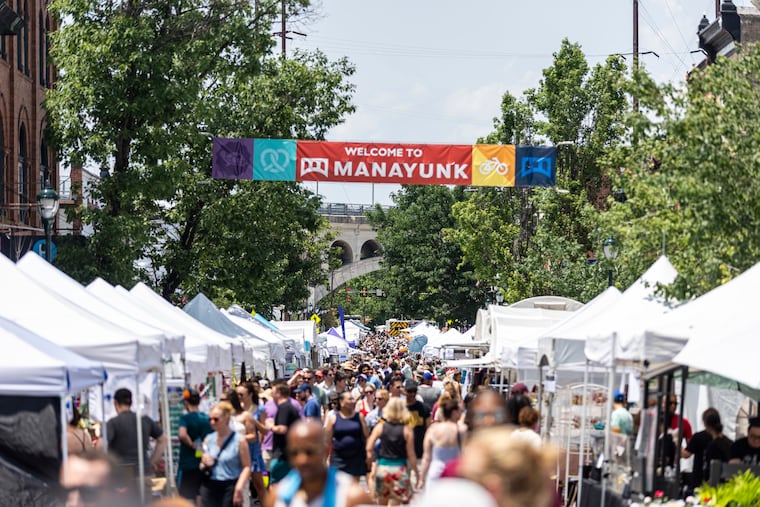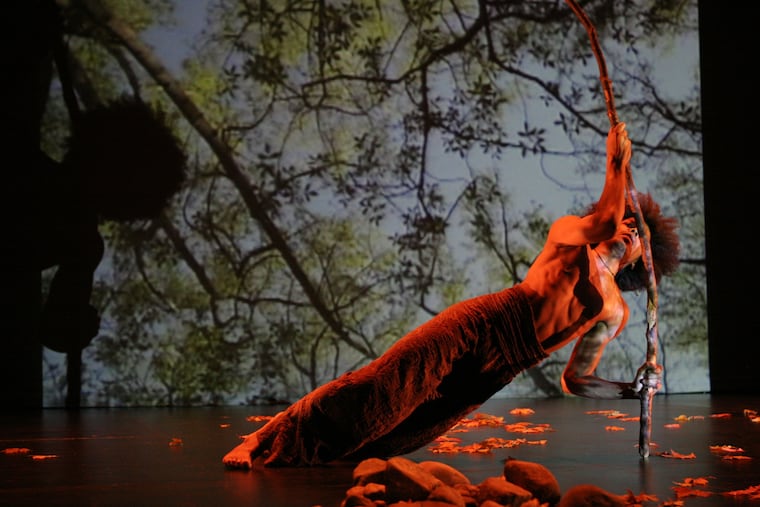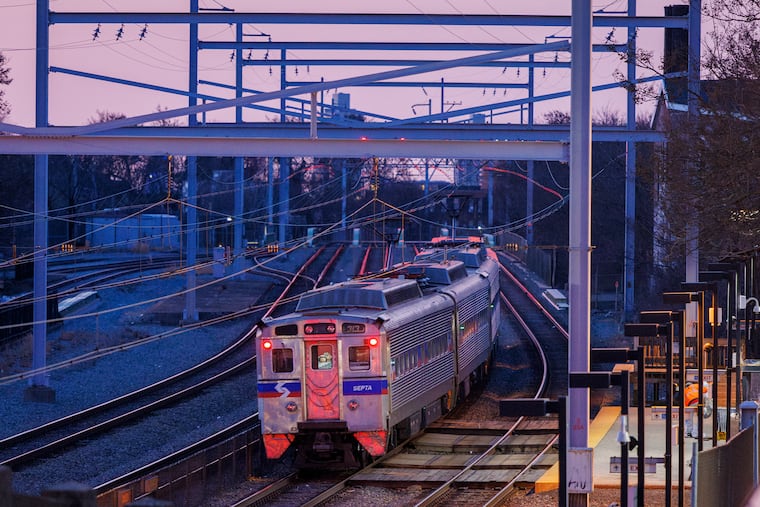Rising costs of Philadelphia police patrols are significantly impacting street festival organizers, leading to financial challenges for event management.
The financial landscape for organizing street festivals in Philadelphia has shifted dramatically in recent years, as rising costs associated with police services and city requirements threaten the viability of beloved community events. The case of the Manayunk Arts Festival, which has been a staple of summer in the area since 1990, illustrates this trend.
In 2019, the Manayunk Development Corporation incurred expenses exceeding ,800 for police patrols, sanitation services, and health inspections necessary to host this prominent event. By 2023, those baseline costs have almost doubled, primarily due to increased charges from the Philadelphia Police Department, which alone has incurred much of the financial burden for festival organizers.
The Manayunk Arts Festival routinely attracts around 40,000 attendees who gather along four blocks of Main Street to enjoy artworks from over 250 artists. Initially, the festival was a lucrative endeavor that funded various community activities, but current economic realities indicate that it is now merely breaking even. Gwen McCauley, executive director of the festival, explained that escalating expenses have hindered the organization’s ability to sustain previous event formats without significant financial strain.
The post-pandemic environment has seen police patrol costs skyrocket, leading many festival organizers to consider alternative measures such as private security as a cost-saving solution. However, logistical and bureaucratic hurdles have made this challenging. Despite suggestions from community groups to explore these alternatives, little progress has been made, partially attributed to the ongoing staffing shortages within the Philadelphia Police Department.
The increasing financial demands have underscored discrepancies between the city’s commitment to promoting public spaces for pedestrian activities and the burdens placed upon those who facilitate such events. For instance, in 2023, the Northern Liberties Arts and Commerce Alliance found itself unable to proceed with its popular night market after a ,600 bill was presented for closing just three city blocks to accommodate food trucks and vendors.
Festivals like these, as shown by the East Passyunk Avenue event, where police costs rose from approximately ,200 in 2022 to over ,200 in 2025, account for a significant portion of overall budgets. Police costs can represent nearly 44% of a street festival’s total expenses, a situation exacerbated by varying amounts of police presence dictated by neighborhood histories with crime and festival size.
While organizers seek to maintain the vibrant community engagement and local business support that street festivals bring, the reality is grim. Proposed solutions have often been met with resistance or insufficient assistance from the city. McCauley shared the frustration of being urged to reduce the footprint or duration of the arts festival rather than finding constructive solutions that could help maintain its viability.
The situation places Philadelphia’s celebrated tradition of street festivals at a crossroads, as community leaders fear that unchecked cost increases could lead to the cancellation of these important cultural gatherings. The future remains uncertain as the financial pressures build, yet the need for community connection through these festivals continues to resonate among local organizers and residents alike.







